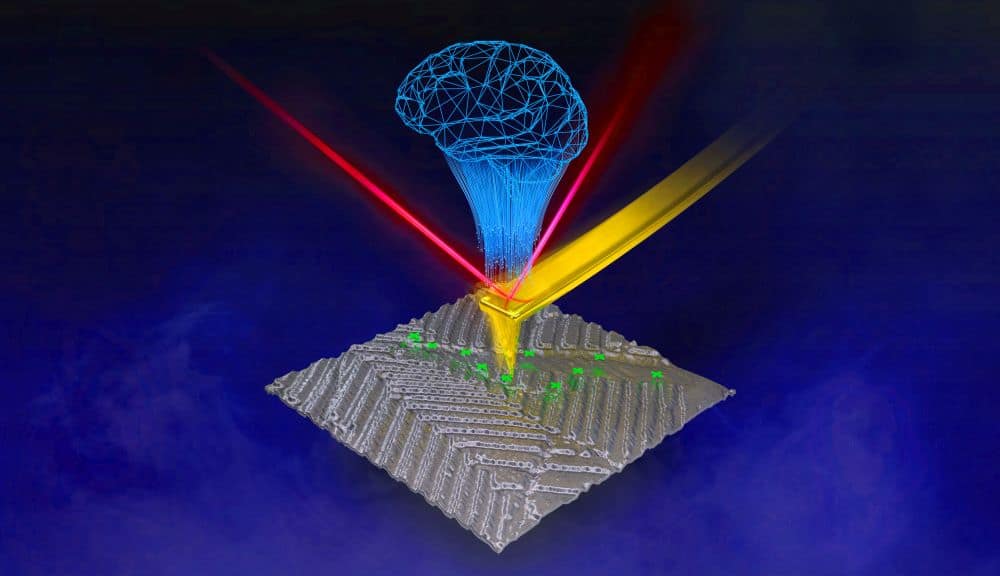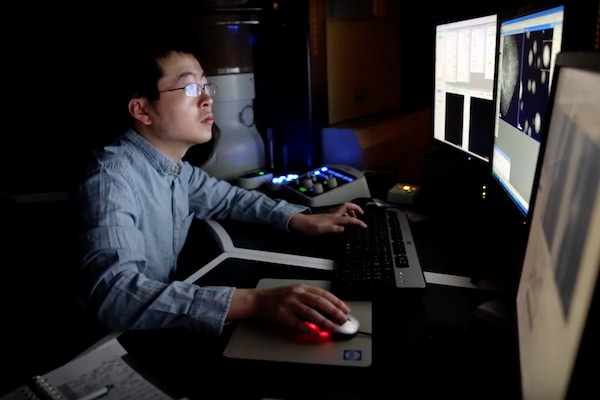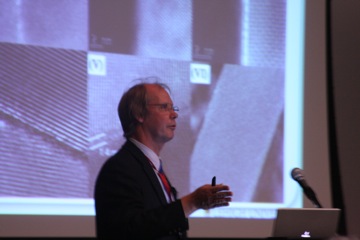Storing data generated by sophisticated microscopy instruments is quite easy, but accessing, interpreting, and acting on the terabytes of data is challenging. Two recent papers offer interesting approaches to interacting with electron microscopes and the data they produce.
Read MoreThe 7th International Congress on Ceramics (ICC7) takes place June 17–21 in Foz do Iguaçu, Brazil. With four plenary talks and 18 symposia topics, organizers expect nearly 1,500 attendees. Register before end of day April 17 to save up to $140.
Read MoreIn an effort to develop more intelligent data analysis to drive informed nanomaterials design, a unique research initiative at Lehigh University is taking the human element into account in its quest to evolve how we analyze data.
Read MoreIn his opening Sosman Memorial lecture in 1973, Kingery proposed a set of plausible concepts which he considered to be necessary and sufficient for the interpretation of ceramic grain-boundary phenomena, which provided an early foundation for conducting interfacial kinetic engineering.
Read More




